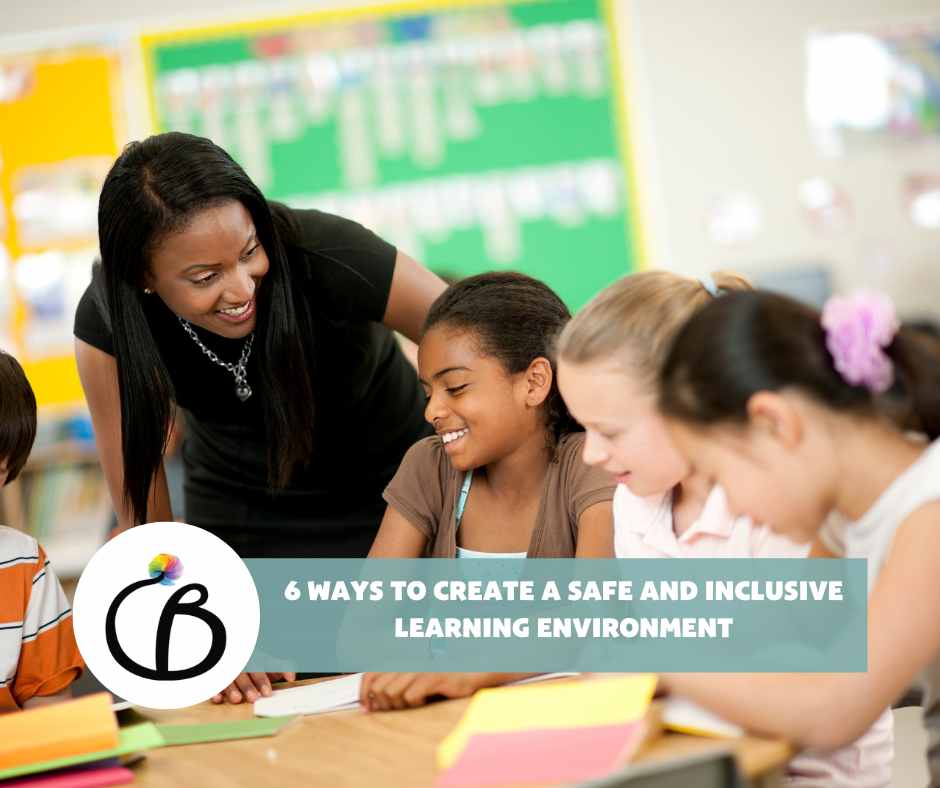By: Kim Armstrong, Teacher
A safe and inclusive learning environment is a place where all students are free to be themselves and further discover who they actually are: An environment in which students feel safe physically and emotionally. A classroom where students feel confident asking and answering questions, as well as contributing to discussions and activities.
Inclusion in education is the belief that every child with disabilities has the right to an education alongside their typically developing peers. By accepting, understanding, valuing, and embracing diversity, inclusive education welcomes the contributions of all students in the classroom through a sense of belonging and shared goals.
How to create a safe and inclusive learning environment
Let’s look at some ideas for making your classroom a safe and inclusive place for students with all types of abilities.
- Morning meeting: Ensure that you are having a morning meeting every day. Get creative. Before you bring out the morning work or bell ringer assignments, carve out 5-10 minutes each day to have your students gather in a circle to preview the day ahead to alleviate anxiety, share a morning message, and most importantly allow your students to be greeted. Hearing their name said aloud affirms that they matter and contributes to establishing a safe, valued, and respected environment.
- Get to know your students and let them get to know you: Establishing a bond with your students takes time. Allow your students to share their interests, hobbies, struggles, and aspirations with you and share yours with them to build a connection that will continue to grow throughout the school year.
- Encourage curiosity in your classroom: Some students may be exposed to students who are different from them for the first time in their life. The students may ask lots of questions because they are typically curious about different devices, fidgets, or wheelchairs their classmates may be using. And this is okay–curiosity is a good thing! Answer their questions honestly and with positivity. When kids are curious, they learn about each other rather than judging each other.
- Create a safe, quiet place within the classroom: Providing a place for students to safely navigate their learning environment is crucial. When students feel overwhelmed, they need a space to be alone. Students need a known part of the classroom that offers privacy and is always open to them.
- Differentiate instruction: Differentiated instruction is a powerful tool to help support students with different abilities and help them feel safe in their learning environment. By differentiating your instruction and not providing a “one size fits all” approach, students feel that their needs are being met. This allows you to meet them where they are while still maintaining high expectations, and giving small pushes to where they need to be.
- Celebrate students’ achievements: Take moments here and there to embrace the amazing accomplishments that are happening in your classroom. Acknowledging your students’ achievements will go a long way in helping them feel valued and respected in their learning environment. Whether it’s coming from a teacher or a fellow student these shout-outs will create a community of learners where students feel safe and valued.
For some, making friends and including others comes naturally, but to others it takes time. It is so important for teachers to provide a safe and inclusive learning environment for all students. Prioritizing and meeting the needs of students in the classroom provides them with the safe and inclusive learning environment they need.
For more teaching resources, follow Curious B.E.I.N.G.s on Facebook and Instagram and subscribe to the Curious B.E.I.N.G.s newsletter.




